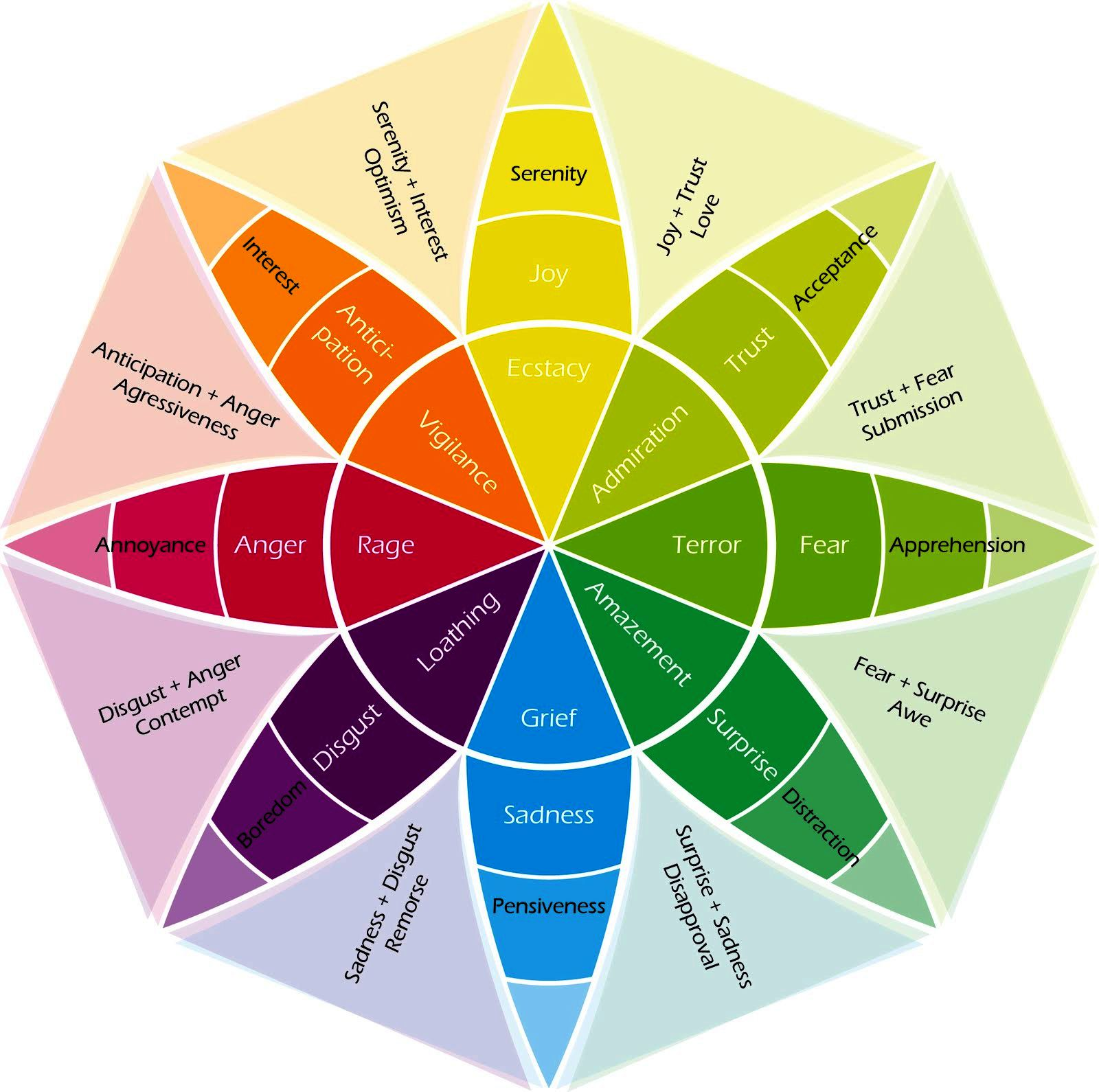Colour Astrology

Colour and the Zodiac: Everything and anything vibrates colour and, if you are in contact with it enough, it will influence you. Those who lack fire tend to need reds and oranges, whereas a lack of the water element calls for blues and pinks; a lack of earth needs green, and a lack of air needs yellow. With an overabundance of fire, blue tones should be used, while red balances an overabundance of water. Violets and blue-violet correct an overbalance of earth; blues and greens, an overabundance of air. Each sign of the Zodiac has its planetary ruler and unique characteristics emanating from that planet. Each sign radiates its own hues and colour. The spectrum of colours with each of the signs of the Zodiac signifies psychological, spiritual, and physical energies special to that sign. Significance of Colours in Astrology By Anand Sagar Pathak The visible light, which is a mixture of seven colours, gets manifested in violet, indigo, blue, green, yellow, orange and red (VIBGYO...








